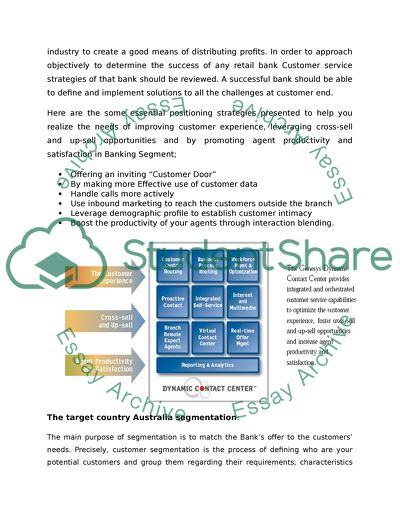Cite this document
(“The Customer Experience Assignment Example | Topics and Well Written Essays - 3000 words”, n.d.)
Retrieved from https://studentshare.org/family-consumer-science/1410865-the-customer-experience
Retrieved from https://studentshare.org/family-consumer-science/1410865-the-customer-experience
(The Customer Experience Assignment Example | Topics and Well Written Essays - 3000 Words)
https://studentshare.org/family-consumer-science/1410865-the-customer-experience.
https://studentshare.org/family-consumer-science/1410865-the-customer-experience.
“The Customer Experience Assignment Example | Topics and Well Written Essays - 3000 Words”, n.d. https://studentshare.org/family-consumer-science/1410865-the-customer-experience.


